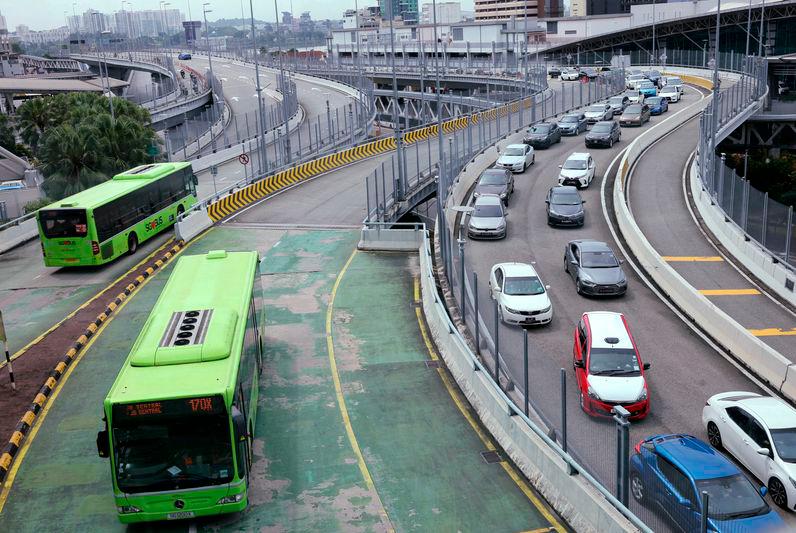PETALING JAYA: Universiti Teknologi Mara tourism economics professor Dr Mohd Hafiz Hanafiah said the government decision to adopt a QR code immigration clearance system is commendable as it would improve efficiency in the tourism industry, streamline the entry process and tighten security.
He said the system would meet traveller expectations of efficient services and position Malaysia as a forward-thinking and visitor-friendly destination.
“Such advancements could enhance the global reputation of the KL International Airport (KLIA) and make it an attractive entry point for international travellers.
“Tourism operators and businesses would also benefit from heightened efficiency and convenience.”
ALSO READ: JIM, KDN exploring QR code system at country’s entry points
He was commenting on the Immigration Department pilot project to implement the system to reduce congestion at entry points.
Although it is still in its testing stages, director-general Datuk Ruslin Jusoh said the department’s priority is to implement a system that ensures efficiency and safety.
As the busiest land crossing between Malaysia and Singapore, Johor would be the first state to have the system at all entry points, followed by other border crossings such as those between Thailand and Malaysia, and ferry ports.
“By learning from the experiences and outcomes at the Johor-Singapore border, policymakers could make informed decisions when implementing similar measures elsewhere,” said Ruslin.
Mohd Hafiz said the introduction of the Visit Japan QR code system in Japan enabled a smoother entry process, which benefitted local businesses through increased tourist spending and customer satisfaction.
He said the system is part of a broader trend towards digitalisation in the tourism industry, which includes emerging technologies such as mobile boarding passes, e-visas and biometric passport controls.
Such systems could automate and expedite the collection and verification of traveller information, reducing manual errors and speeding up processing times.
“One significant advantage of this initiative is the readiness of Malaysian infrastructure to support such a system. But, it is important to have robust WiFi connectivity at KLIA and other border offices so that tourists can use the system.
“Based on my experiences travelling abroad, implementation of the system should be decided based on a comprehensive cost-benefit analysis, consultations with inbound tour operators and a government roadmap to implement and monitor it.”
Mohd Hafiz said the Hong Kong e-Channel system is an excellent model that Malaysia should adopt on how QR code technology could streamline the immigration process.
He said it enables registered travellers to use a QR code to quickly pass through automated gates, minimising human interaction and reducing the likelihood of errors.
“With the use of Big Data, implementing QR codes would enhance the accuracy and reliability of traveller data management and benefit Tourism Malaysia’s tracking efforts.”
However, he added that the integration of the system with biometrics presents significant data privacy risks, such as identity theft or misuse of personal information, particularly among older adults or less tech-savvy individuals who may struggle with QR code technology.
“Malaysia’s biggest problem is maintenance. The initial costs could be substantial and addressing emerging security threats, technical bugs and technological advancements would incur ongoing costs.
“So, extensive public awareness campaigns are important and should include the deployment of online guides and in-airport signage to assist travellers in understanding the new procedures.”









